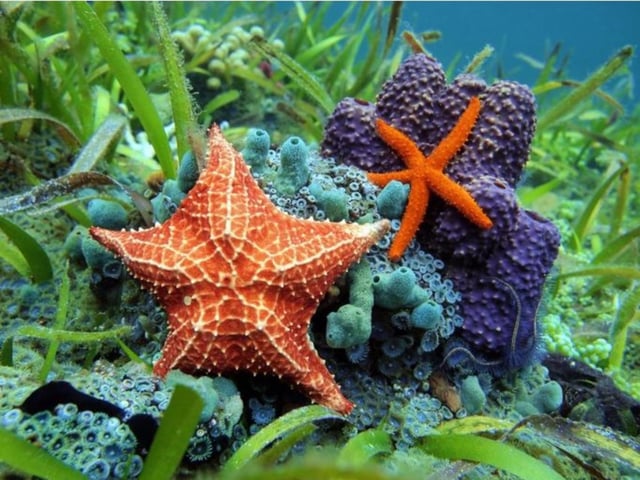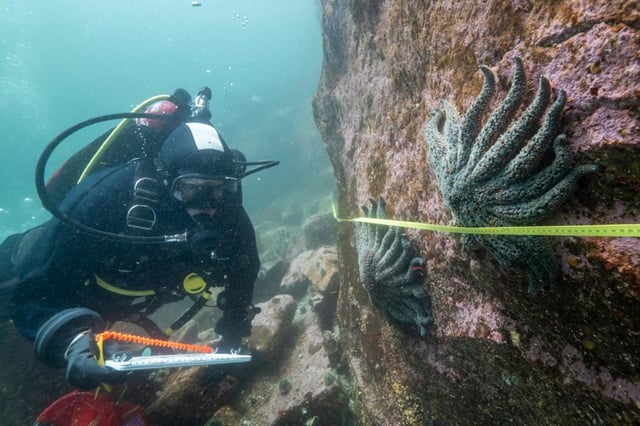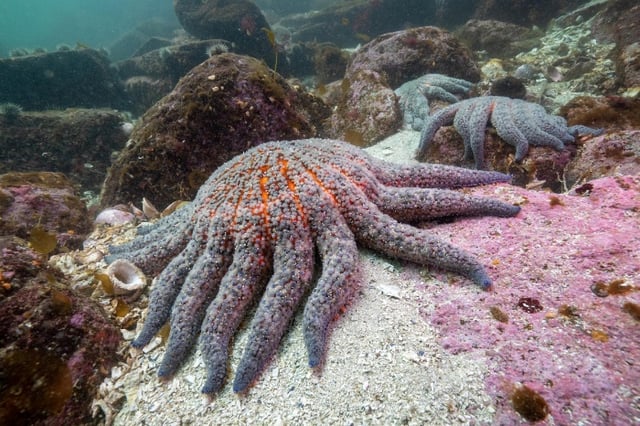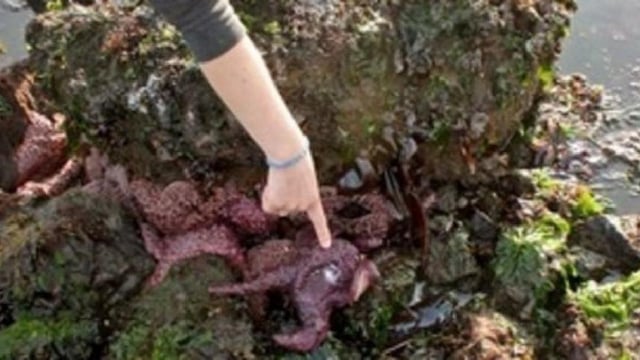Overview
- A study published in August in Nature Ecology & Evolution conclusively linked Vibrio pectenicida to the wasting syndrome that began in 2013.
- More than 5 billion sea stars across over 20 species have perished along the Pacific coast from Mexico to Alaska in the past decade.
- Sunflower sea star populations collapsed by about 90% in the first five years, pushing the species toward critical endangerment.
- Loss of these keystone predators allowed sea urchin numbers to surge, driving a roughly 95% decline in northern California’s kelp forests.
- Researchers are now screening survivors for natural immunity and exploring captive breeding, targeted reintroductions and probiotic treatments to halt the outbreak and aid ecosystem recovery.



